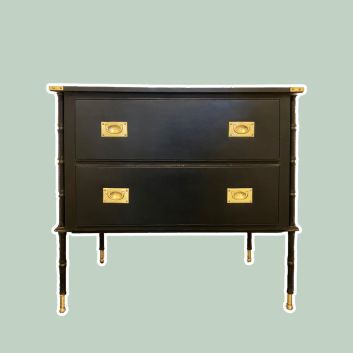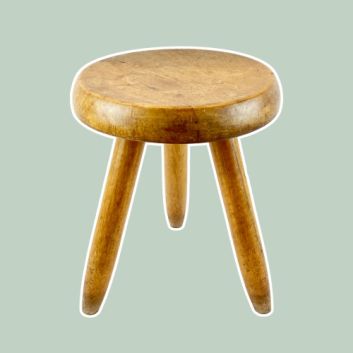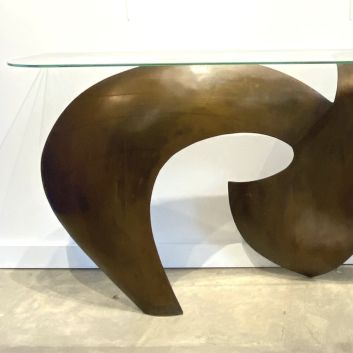Rating and value of furniture, armchairs, tables by Eileen Gray
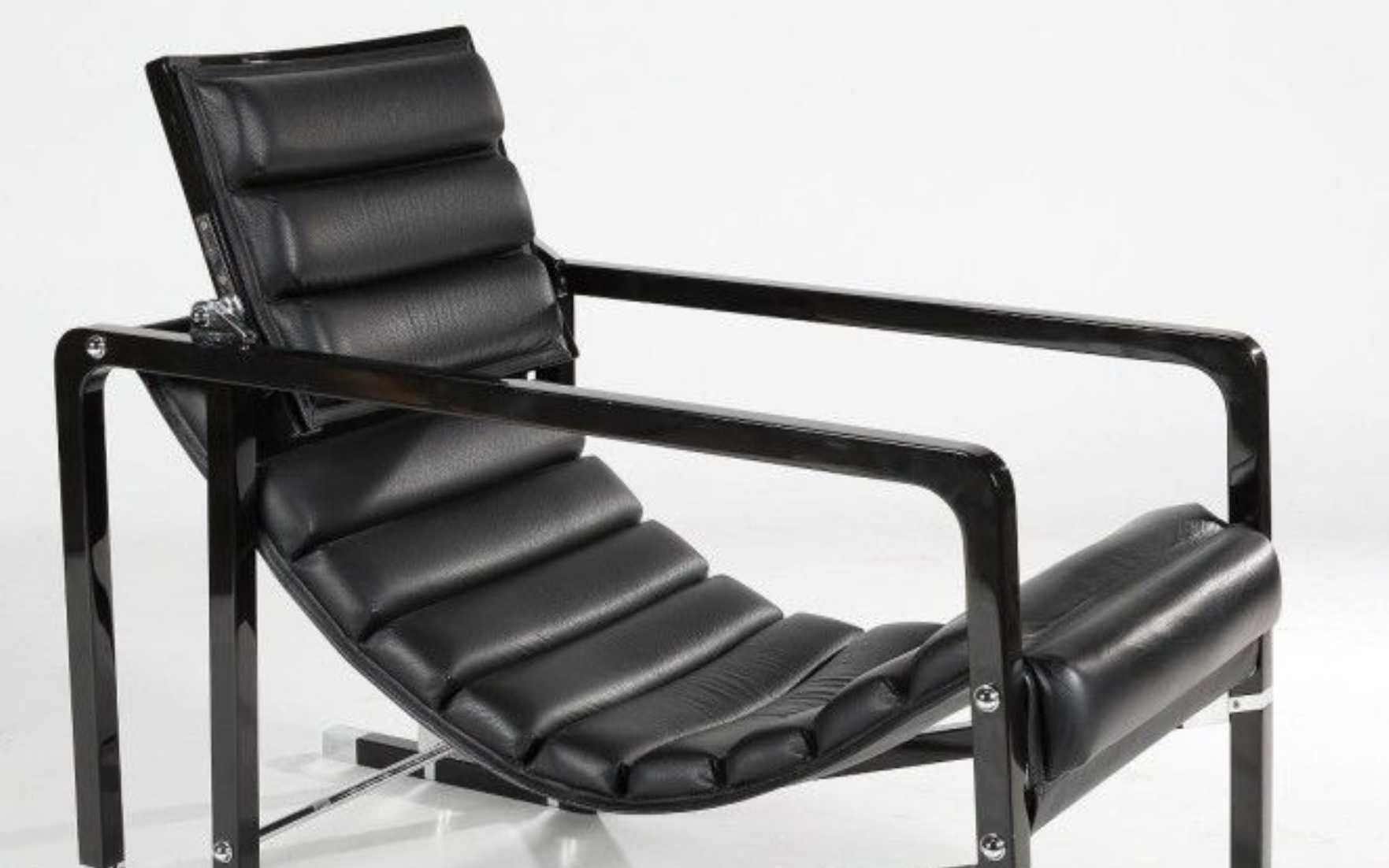
If you own a piece by or based on the work of designer Eileen Gray and would like to know its value, our state-approved experts and auctioneers can help you.
Our specialists will carry out a free appraisal of your work, and provide you with a precise estimate of its value on today's market. Then, if you wish to sell your work, we will guide you towards the best possible means of obtaining the best possible price.
Artist's rating and value
Thanks to her bold, modern creations, Eileen Gray is one of the most sought-after designers on the international market today. Over the last ten years, her market value has exploded and continued to rise, with some of her works even reaching auction records, as illustrated by her dragon armchair, dating from 1917, which sold for €19,500,000 in 2009, whereas its estimate was between €2,000,000 and €3,000,000.
Order of value from the most basic to the most prestigious
Type of furniture / work | Results |
|---|---|
Drawing - watercolor | From €250 to €24,000 |
Stools | From €480 to €145,500 |
Sofa | From €340 to €150,000 |
Side table | From €80 to €957,300 |
Console table | From €150 to €2,625,000 |
Library | From €78,600 to €3,500,000 |
Fauteuil - armchair | From €350 to €19,500,000 |
Response in less than 24h
Details of Eileen Gray's most iconic pieces of furniture
Eileen Gray created mostly designer furniture, part of the purist trend in architecture during the 20th century. She was a member of the Union of Modern Artists, and although she was originally famous for inlaying lacquer decorations into Art Deco furniture, these were not her most highly-rated pieces. The Bibendum armchair, the tubular steel side table and her puristic bookcases are the works most frequently found on the auction market.

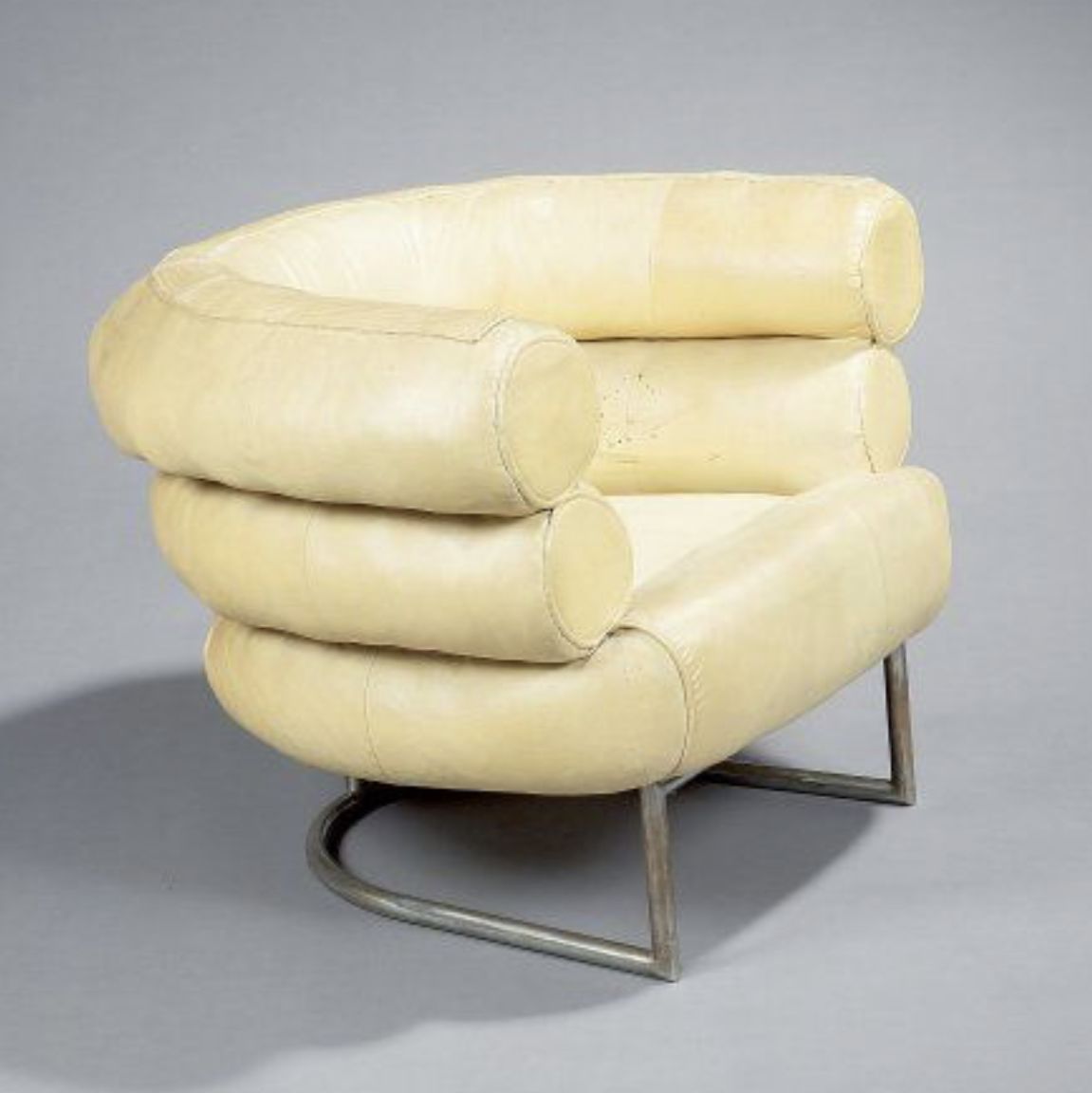
The life of Eileen Gray
Eileen Gray, born Kathleen Eileen Moray Smith (she took the name Gray after a title of nobility received by her mother), came from the south-east of Ireland, a territory that was then part of the United Kingdom.
She trained as a painter at University College, London, and then took courses with friends at the Académie Julian and the Académie Colarossi.
In 1907, she settled permanently on rue Bonaparte, learning lacquer techniques before moving on to weaving. She exhibited for the first time in 1913, and won the admiration of couturier Jacques Doucet, who commissioned several pieces from her.
She received commissions to decorate apartments, and designed new furniture for this purpose, such as the Dragon armchair and certain screens.
In 1920, she opened the Jean Désert gallery in the 1st arrondissement, in collaboration with the architect Jean Badovici, which attracted some fairly influential customers, including Elsa Schiaparelli, but did not bring in much money. Sybold van Reveteyn, an artist belonging to the De Stijl movement, notices her.
He exerted an important influence on her, as she abandoned the Art Deco movement to concentrate on simpler, sleeker designs, then on architectural projects, a craft she learned on the job with Badovici's help. The two architects built Villa E. 1027 on the Côte d'Azur, which would become their home. While there, they met Le Corbusier, who painted murals in their villa.
In the 1930s, she took an interest in social housing, as did artists such as Jean Prouvé and Charlotte Perriand, taking into account and reinterpreting the five points of modern architecture set out by Le Corbusier.
During and after the Second World War, she was forgotten by critics and the public, but continued to work on architectural projects. Joseph Rykwert wrote an article about her in Domus magazine in 1968, however, and critics rediscovered her.
She died in Paris in 1976, aged 98.
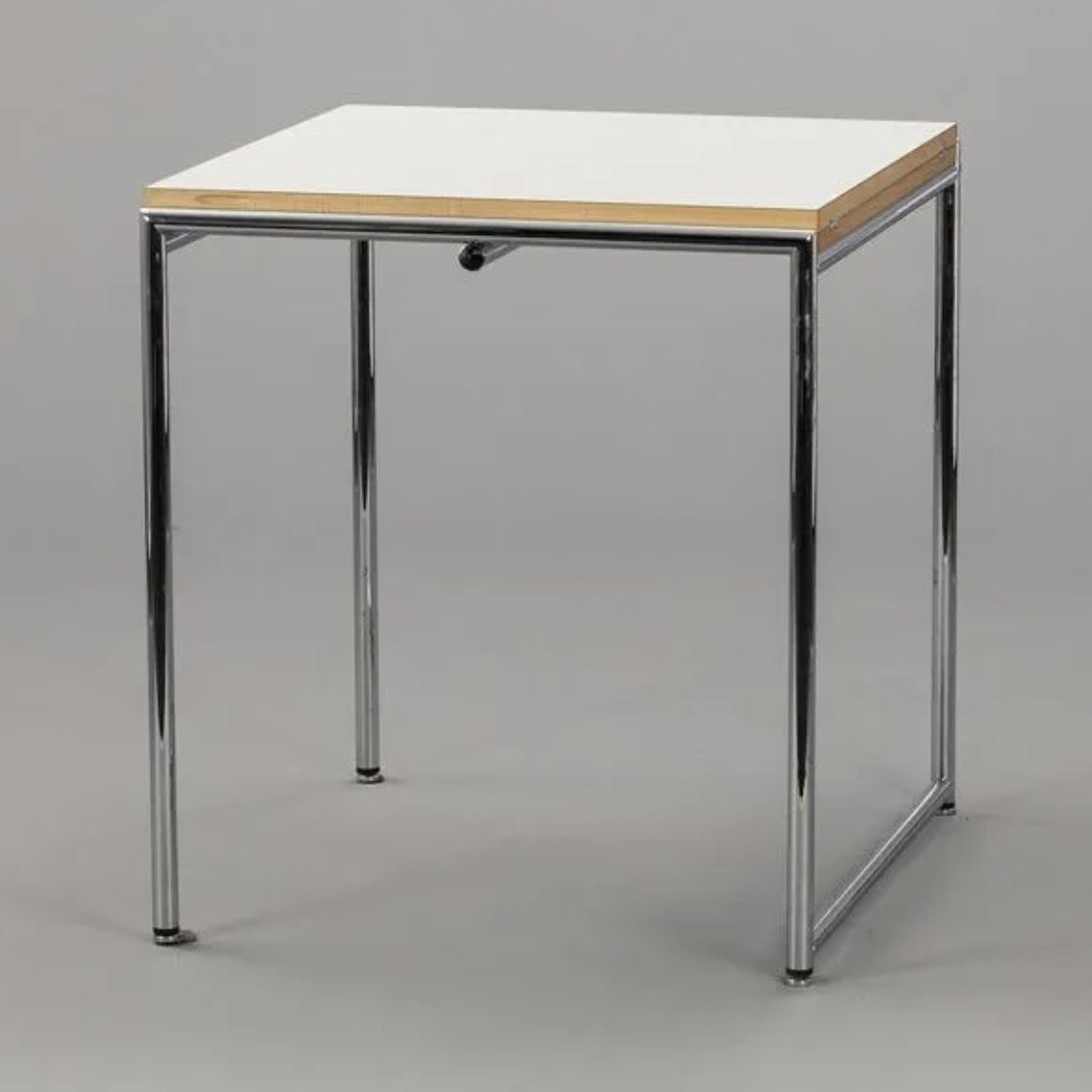
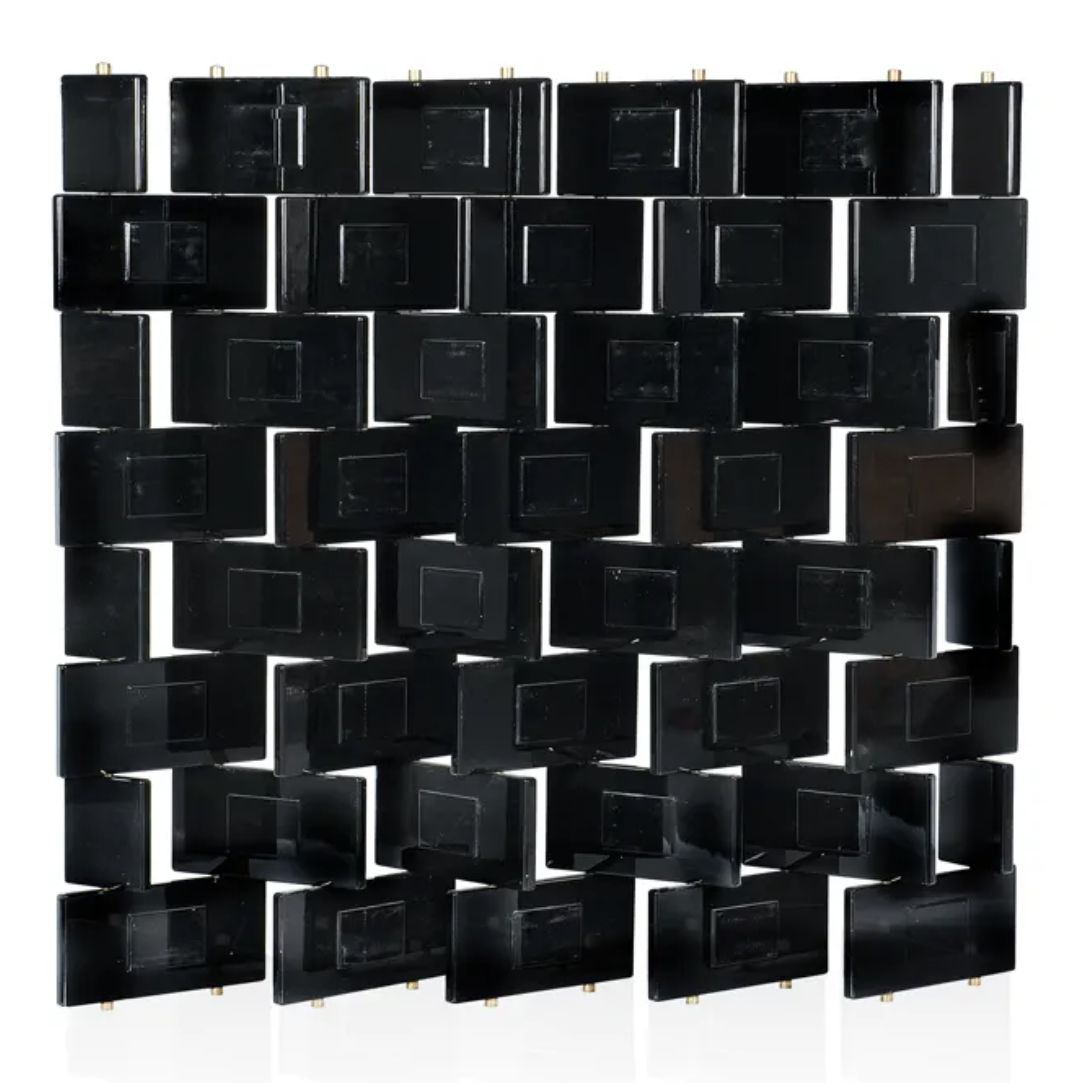
Eileen Gray's imprint on her period
Eileen Gray left her mark on twentieth-century architecture and furniture design, even if she was forgotten for a while. She created timeless, easy-to-use pieces designed to simplify housing design before and after the Second World War. Most of her work is now in private collections.
Why is it so highly rated at auction today?
Eileen Gray is a little-known artist. However, collectors of designer furniture are prepared to pay high prices for her work. Highly qualitative, like the furniture of Verner Panton, whose style she closely resembles, her pieces of furniture are all the rage on the art market.
Several factors explain this craze. Gray's furniture is rare: his output is small. In contrast to artists known for their theories and work, Gray's work is prized for the discretion of its reputation.
Recognizing the artist's signature
Eileen Gray's furniture is not signed. Only an expert appraisal can authenticate a piece of furniture by the artist.
Appraising your property
If you own a work by Eileen Gray, don't hesitate to request a free appraisal by filling in our online form. A member of our team of experts and certified auctioneers will contact you to provide an estimate of the market value of your work.
If you're thinking of selling your work, our specialists will also guide you through the various alternatives available to obtain the best possible price, taking into account market trends and the specific features of each item.
Response in less than 24h
Related topics
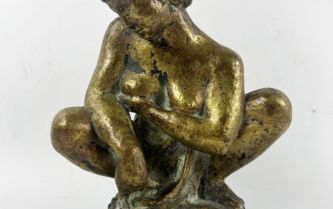
Renato Carvil's sculptures and bronzes are quoted and valued at 2024...
Renato Carvillani is a twentieth-century Italian sculptor who has produced sculptures with a stable price and value at auction.
Read more >

Rating and value of paintings by Félix Bon...
Tobeen is a painter of modern art associated with the Paris School, producing works that are sought-after and quoted on the auction market.
Read more >

Cote et valeur des tableaux, dessins, peintures de Henri Rob...
Henri Robert Brésil est un peintre haïtien connu pour ses toiles d'art naïf. Il est l'auteur d'une petite production dont la cote est en hausse.
Read more >
Secure site, anonymity preserved
State-approved auctioneer and expert
Free, certified estimates
